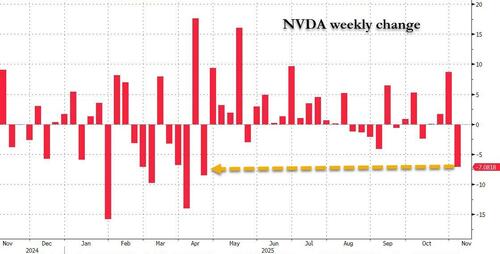Most headlines about the May 18 consultation paper by the Securities and Exchange Board of India (Sebi) on mutual funds were about the thousands of crores that brokers and asset management companies (AMCs) are set to lose. There were few that spoke of the thousands of crores that you and I, as investors, are about to get as higher returns due to reduced charges. Brokers , agents and AMCs are adept at getting their view heard, but the regulator is only looking after the interests of retail investors.

Sebi is proposing four ways to reduce costs for individual investors (retail plus high net worth), who hold three-fifths of the ₹39 lakh crore assets under management (AUM). One, include all remaining expenses under the umbrella of total expense ratio (TER) to prevent fund houses from charging hidden costs. Mutual funds have a neat cost structure with most elements embedded in TER (the percentage of your money with the fund that goes towards paying for expenses and profits). There are four costs that remain outside of TER. These are brokerage, the B30 incentive (an upfront commission when mutual funds are sold beyond the big 30 cities), the exit load compensator and the GST on the management fee by AMC. Sebi found that some funds were spending more on brokerage and transaction costs than the maximum expense ratio allowed, making investors pay double of what they were seeing in the disclosures. Expense ratios will now include all the four costs outside and, to compensate the industry, TER has been hiked.
Two, make the TER slabs at the AMC level, and not scheme level. Let’s unpack this: Mutual funds’ cost structure reflects the fact that as assets grow, mutual fund costs do not increase proportionately. Therefore, as assets rise, costs allowed to be charged come down – from an existing 2.25% for equity schemes for the first ₹500 crore of AUM, going down to 1.05% on assets over ₹50,000 crore. This cost difference has prompted some to try and harvest the higher costs attached to smaller AUMs and benefit the agents at the same time. The game goes like this: The mutual fund launches a new fund. The newer scheme usually has a smaller AUM than older, larger schemes (with a lower TER), and can charge higher expenses. The fund offers higher commissions to its distributors, who switch investors from existing schemes to the new fund. 93% of switch transactions were noticed in regular plans (those with trail commissions), but no such pattern was seen in direct plans (without commissions). Sebi wants expense ratios to work at the asset class level and not the scheme level. This would mean that the entire equity book of XYZ mutual fund will have one TER according to its aggregate size. This, it hopes, will prevent sharp practices. Again, this is good for retail investors.
Three, raise the threshold amount (slabs) on which higher TER can be charged. These go up from ₹500 crore as the first slab to ₹2,500 crore, and from ₹50,000 crore and more to ₹1 lakh crore or more at the highest slab. Accompanying this change is a hike in TER to offset the changes proposed. Despite the TER hike, the maths works for you better.
Four, the regulator found evidence that incentives available for sales in smaller cities (B30) are being misused. Apart from encouraging practices such as application splitting (commission exists only on investment of ₹2 lakh or less, so agents split larger amounts), booking B30 business in a nearby suburb, this commission is also causing investors to be duped. Sebi wants to restrict the upfront B30 commission benefit to only new investors for 1% of the amount invested the first time. This is good for investors, though agents will protest that it hurts their livelihoods.
While it was only a matter of time before Sebi plugged the loopholes, what has really got industry riled up is the proposal to put in performance-linked expense ratios. We know that a mutual fund makes money, even if investors do not, as it charges the expenses even when it underperforms the market. Sebi found that 60% of the regular plans underperformed the benchmark over a 10-year return period. Sebi is proposing to link expenses to performance.This idea will probably be debated much longer before it is brought in.
Of the 15 proposals, the one I like the most is the one on incentivising distributors to encourage women investors. Assets are mostly built in the name of men, even when the money is jointly earned.
The paper is in investor interest, and no surprises, the knives for Sebi are out already. I have been tracking mutual funds for over two decades and, each time there is a tightening of rules, industry cries blue murder. But increased transparency and disclosure makes for good product structure. Despite very tough rules, the growth of investor money trusted to the industry has been exponential. AUM has grown six times from March 31, 2012 to March 31, 2023, while the Nifty 50 grew three times – meaning that the AUM growth is not just due to a rise in the market but also a growth of investors. The number of unique investors has grown almost three times between 2017 and 2023. The other argument that Sebi does not take a consultative route is simply not true. Sebi’s regulatory process involves putting the proposals through the Mutual Fund Advisory Committee, where each proposal is debated threadbare and argued over for hours. I can only hope that other regulators match this level of disclosure, participation and consultation to ensure investor interest remains at the heart of the industry.
Monika Halan is the author of the bestselling book, Let’s Talk Money The views expressed are personal















